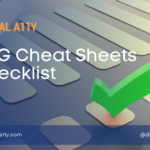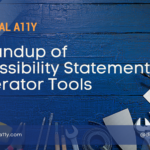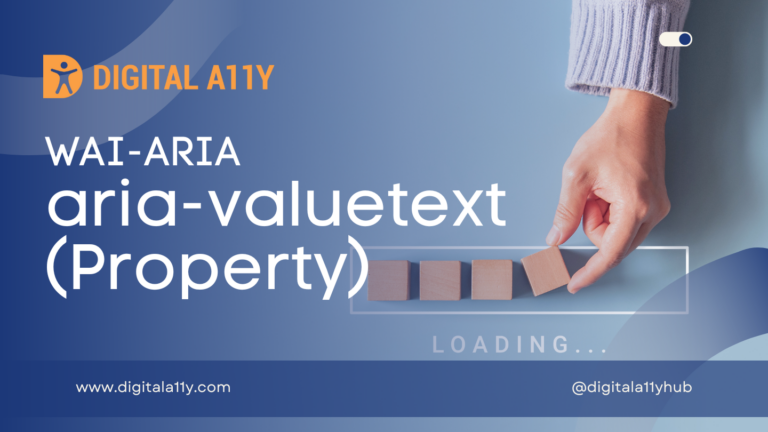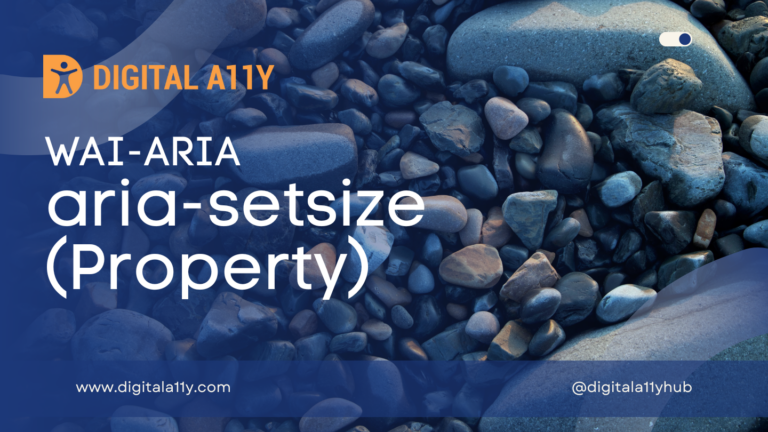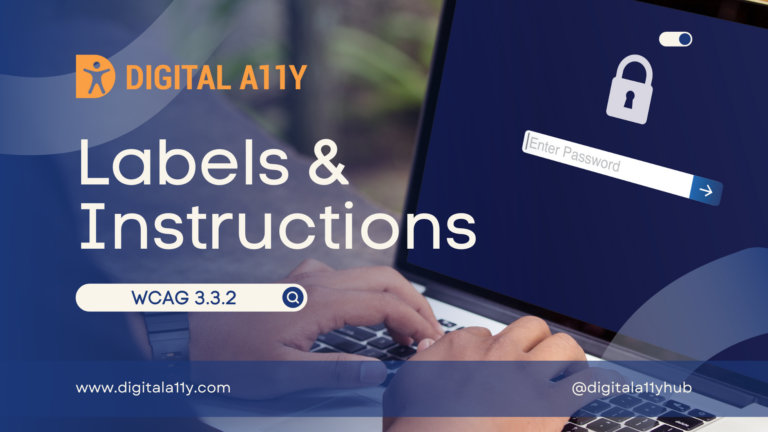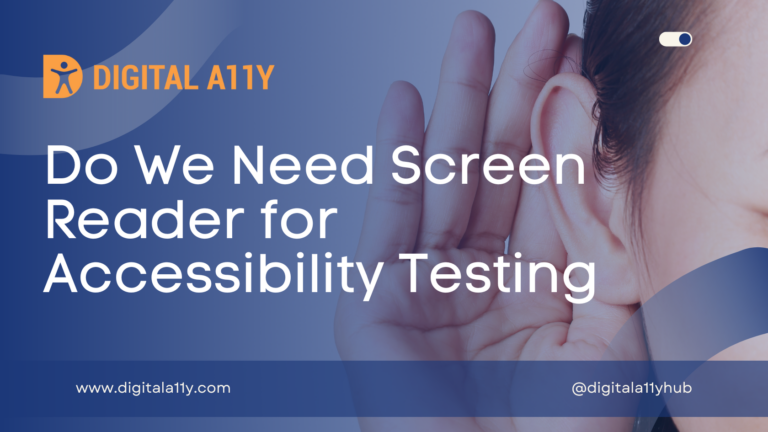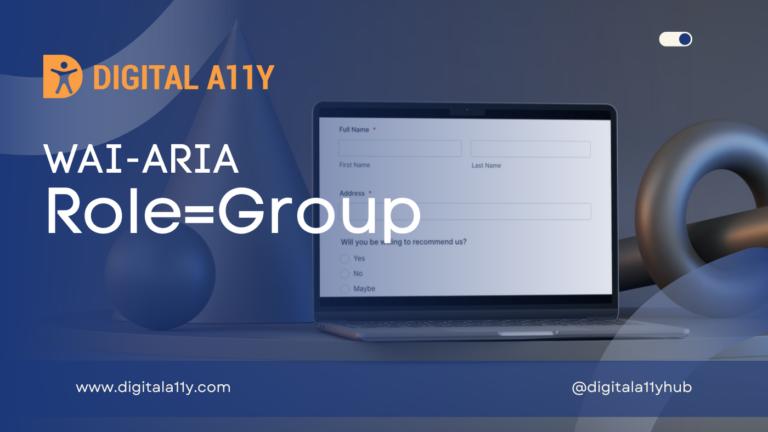Tracking WCAG Adoption by Country
Did you know that not all accessibility laws reference the same version of WCAG? I didn’t either, and honestly, it used to confuse me quite a bit. But then one day, I thought, “Why not make my life a little easier?” So, I decided to create a simple table to bring clarity, and now I never have to second-guess which version of WCAG I should be referring to. If you’ve ever been in the same boat, this post is for you.
Why Does It Matter Which WCAG Version is Referenced?
When you’re working on global digital products, it’s crucial to know which accessibility standards apply in each region—and, equally important, which version of WCAG those standards are based on. The landscape of web accessibility laws can be complex, but knowing the version of WCAG to follow is key to ensuring your product is compliant.
Here’s a quick rundown of the key accessibility laws across different regions and their corresponding WCAG versions:
Global Accessibility Laws and Their WCAG Versions
| Law / Regulation | Region / Entity | WCAG Version Referenced | Notes |
|---|---|---|---|
| Section 508 (Revised 2017) | United States (Federal) | WCAG 2.0 AA | Applies to federal agencies. Harmonized with WCAG 2.0 to promote consistency. |
| EN 301 549 (v3.2.1 and later) | European Union | WCAG 2.1 AA (since v3.1.1) | The official EU accessibility standard; WCAG 2.1 included from version 3.1.1 onwards. |
| Accessibility Canada Act (ACA) | Canada (Federal) | WCAG 2.0 AA (current) | May move toward WCAG 2.1 in the future. Provinces may have their own standards. |
| Australian DDA + WCAG Mandate | Australia | WCAG 2.2 AA (current) | Required for government websites |
| RGAA (Référentiel Général) | France (Public Sector) | WCAG 2.1 AA | French standard based on WCAG 2.1, adapted with local criteria. |
| BITV 2.0 | Germany | WCAG 2.1 AA (since 2020) | Based on WCAG 2.1. |
| UK Public Sector Accessibility | United Kingdom | WCAG 2.1 AA | Requires conformance to WCAG 2.2 AA as the new minimum standard, with monitoring starting in October 2024. Previous versions aligned with WCAG 2.1 AA. |
| Japan JIS X 8341-3:2016 | Japan | WCAG 2.0 AA | National standard harmonized with WCAG 2.0. |
| India GIGW 3.0 | India (Government) | WCAG 2.1 AA | For government websites and apps; GIGW 3.0 released in 2023. |
Key Takeaway
There’s a clear trend towards adopting newer WCAG versions, especially WCAG 2.1 and even WCAG 2.2 in some recent regulations. While some regions still reference older versions like WCAG 2.0, many are moving toward 2.1 or even 2.2. It’s crucial to stay up-to-date with the specific accessibility standards in each region to ensure your product complies with the law.
How Does This Affect Your Work?
If you’re designing, auditing, or developing digital products for multiple jurisdictions, it’s important to understand which version of WCAG each jurisdiction requires. A simple mistake in referencing the wrong WCAG version could lead to compliance issues, legal ramifications, and missed opportunities.
What Can You Do?
Stay updated on the specific regulations and WCAG versions in your target markets. Keep a reference sheet like the one above to ensure you’re always aligned with the right standards.
Need Assistance with Accessibility Compliance in Your Region?
DigitalA11y offers WCAG audits, VPAT documentation, accessibility training, PDF remediation, and more.

